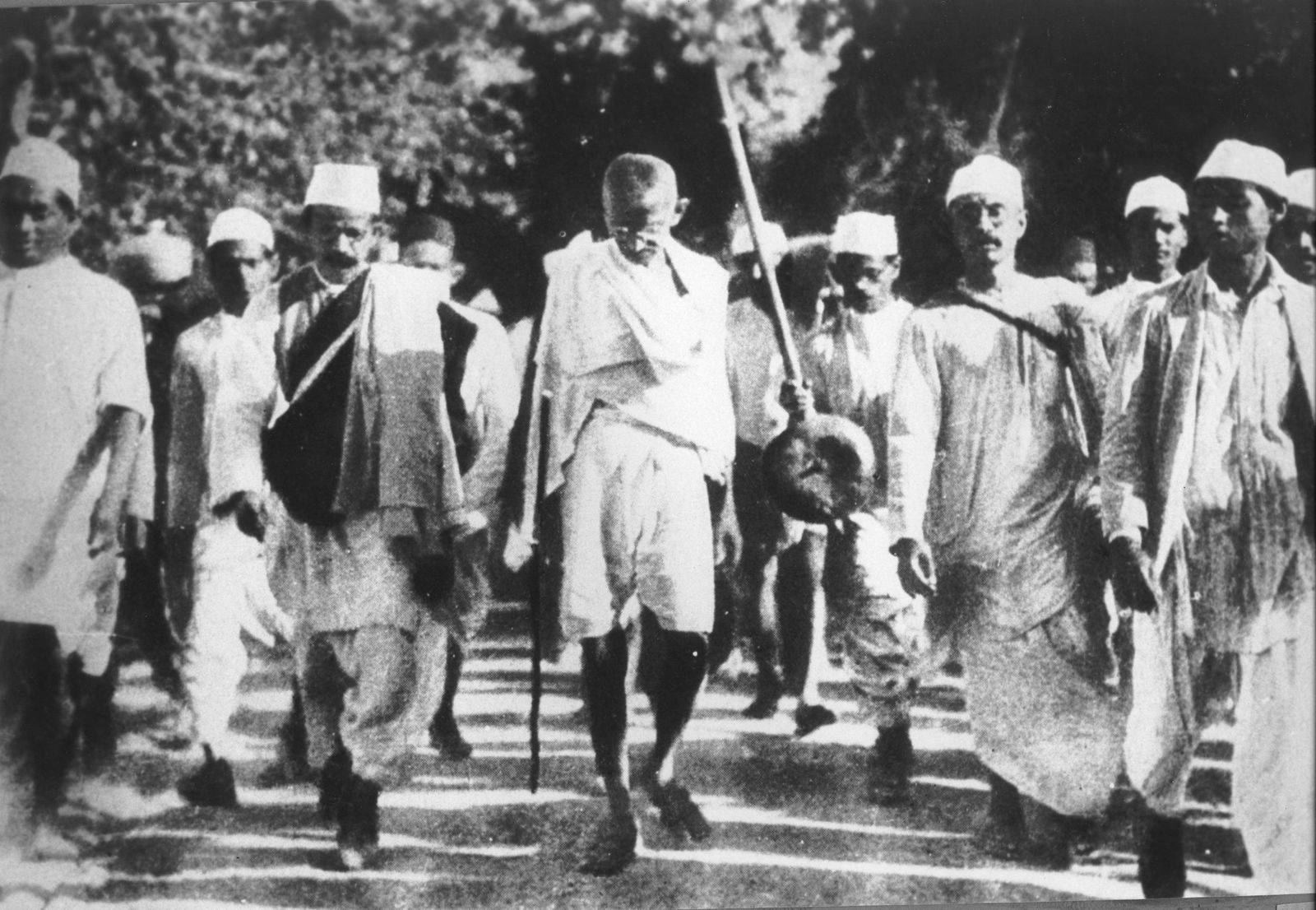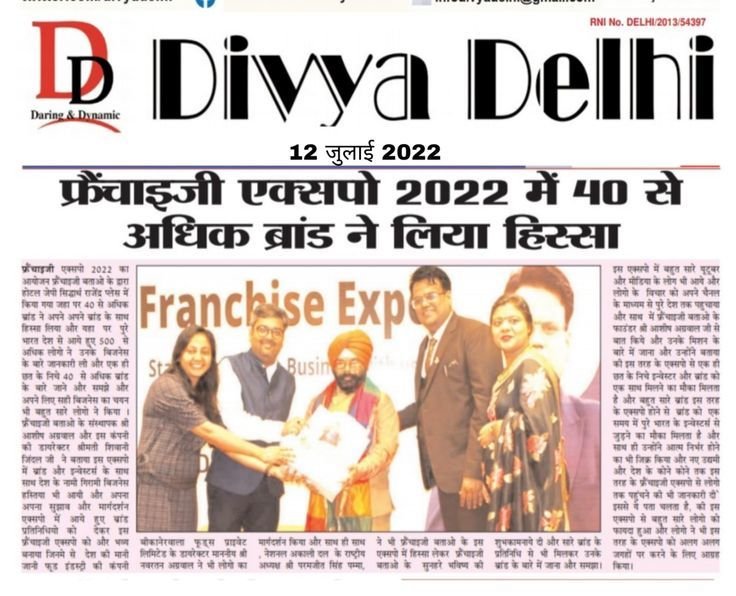
Divya Delhi: R.C. Majumdar, Bharat's best historian, proposed to the government in 1948 to create a ‘authentic’ and ‘truthful’ history of the freedom movement, beginning with the Revolt of 1857. He received no response to his letters to the Bengal and Union Education Ministries. A few years later, he wrote to then-President Rajendra Prasad, who "heartily took up the idea and wrote a very encouraging letter" to him. In 1952, the Ministry of Education formed a Board of Editors, possibly due to Dr. Prasad. Unfortunately, the government dissolved the Board of Editors on 31 December 1955. A year later, when the project was restarted, Majumdar was unexpectedly dismissed from the Board and replaced with bureaucrat Tara Chand. Why did Bharat's greatest historian get so little respect? Another book by Majumdar, History of the Freedom Movement in India, Volume 1, answers. In its Preface, he writes: “The official history of the freedom movement starts with the premises that India lost independence only in the 18th century and was under foreign rule for only two centuries. Real history reveals that most of India lost freedom five centuries prior and only changed masters in the 18th century. Political needs prompted the Hindu–Muslim fraternity slogan." Majumdar had the moral courage and intellectual integrity to stand up to the Nehruvian bluff on Hindu–Muslim unity and write that the two communities ‘lived in two watertight compartments’ with distinct cultures and mental and moral traits. Even more importantly, the historian threatened to dispel the Nehruvian fiction that Gandhian ahimsa and satyagraha were the main causes of Bharat's independence. According to Majumdar, many revolutionaries joined Gandhi's Non-Cooperation Movement but were disillusioned following its suspension. Many rejoined revolutionary groups to maintain the spirit of brutality and armed revolt against the British for independence. In fact, Gandhi fully realized the growing influence of revolutionary ideas over young men, and it is not without reason that the revolutionaries claimed that they practically, though indirectly, forced Gandhi to renew the struggle for freedom in 1930 and 1942; for he feared that otherwise he would lose the leadership of the country and the initiative would pass to the revolutionary young men. Gandhi himself admitted that one of He saw his organization as a safety valve for youthful energy and patriotic ardour that might otherwise flow down a violent conduit." Three key points from Majumdar: First, Gandhian ahimsa and satyagraha did not achieve independence alone. Both in their revolutionary silos and under Gandhian cover, revolutionaries fought for independence. Revolutionaries were the backbone of Gandhian movements like the Non-Cooperation Movement, and when Gandhi called it off, they did what they did best—went revolutionary! Three, Gandhi usually started a movement to contain revolutionary fervor—a ‘safety-valve for youthful energy and patriotic ardour’ to prevent it from ‘flowing via a different channel of a violent kind’. Bharat's liberation struggle was seen differently by people in the midst of it before Independence. Former British Prime Minister Clement Attlee told Chief Justice of Calcutta High Court Justice P.B. Chakravartti, who was also Bengal's acting governor, at the governor's mansion in Kolkata in 1956, slowly chewing out the word to make an instant, dramatic impact, that Gandhi's role in the freedom struggle was ‘m-i-n-i-m-a-l’. "The INA (Indian National Army) activities of Subhas Chandra Bose, which weakened the British empire in Bharat, and the RIN (Royal Indian Navy) mutiny, which made the British realize that the armed forces could no longer be trusted to prop up the British," Justice Chakravartti quoted Attlee as saying B.R. Ambedkar expressed the same in his 1955 BBC interview. “I don’t know how Mr. Attlee suddenly agreed to give Bharat Independence. His autobiography will reveal that truth. Nobody expected him to? Based on his study, Ambedkar attributed the explanation to the ‘national army… created by Subhas Chandra Bose’.
- Education(148)
- India(771)
- Entertainment(399)
- Sports(272)
- Business(226)
- Bollywood Hollywood(95)
- International(196)
- Life & Style(91)
- Opinion(139)
- Educational(5)
- Crime(7)
- Technical(6)
- World(18)


